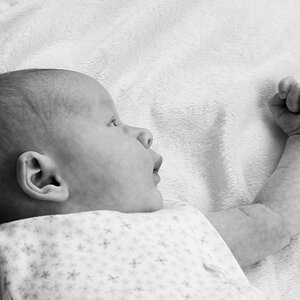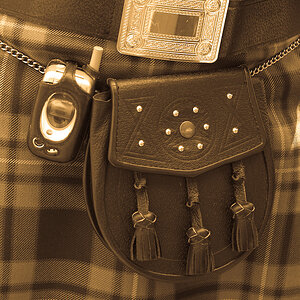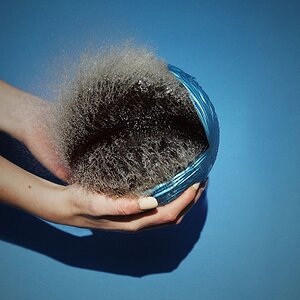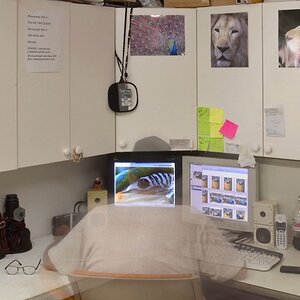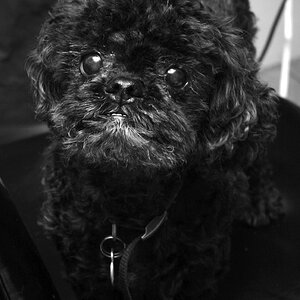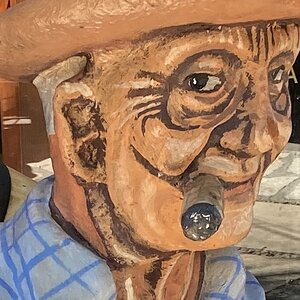KC1
No longer a newbie, moving up!
- Joined
- May 5, 2016
- Messages
- 295
- Reaction score
- 53
- Can others edit my Photos
- Photos NOT OK to edit
So painful.
I think he meant that looking at the dead horse picture was painful, that the only thing that makes sense, why would he keep reading a thread he found painful?If you're not interested then why respond? I find the subject fascinating and can do without your put downs. Thanks.



 for this post and photo as an example, like you've read my mind!
for this post and photo as an example, like you've read my mind!

